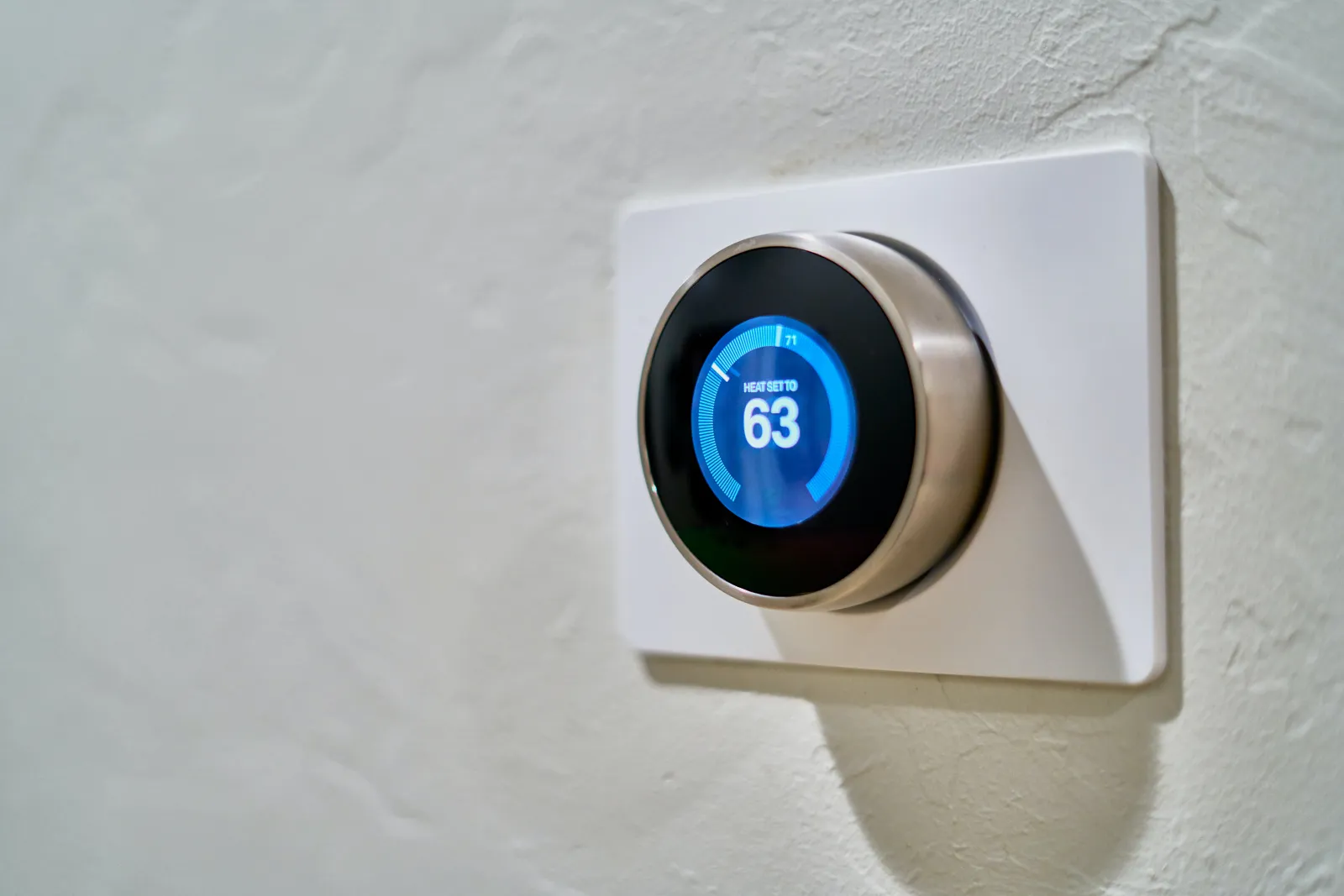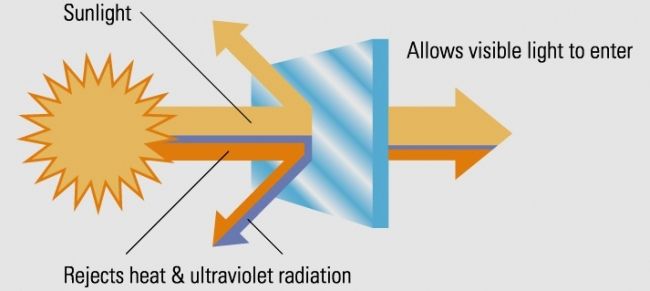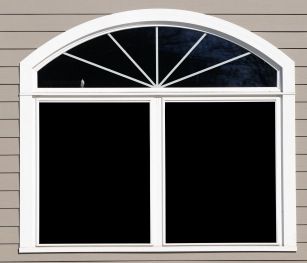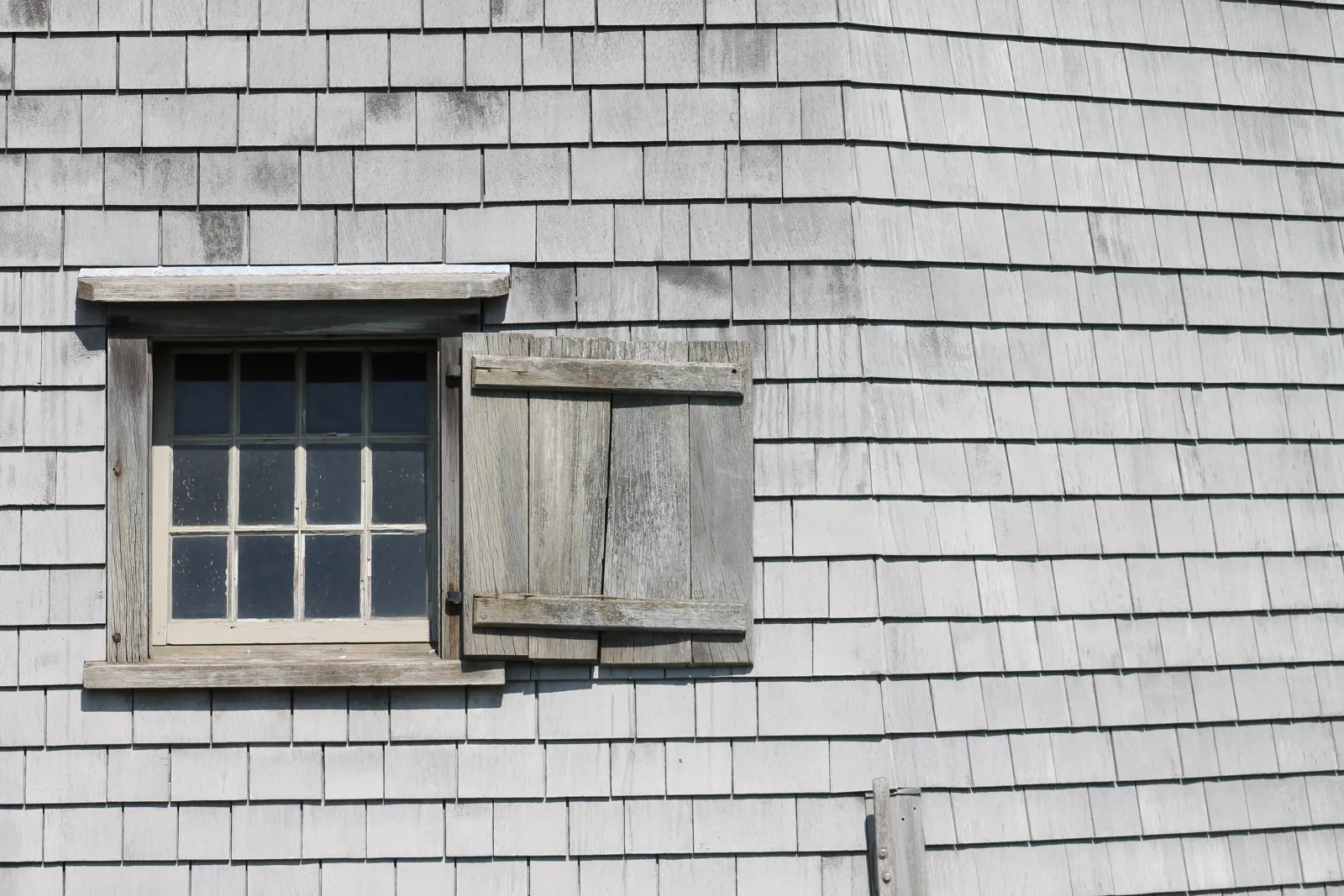When it comes to home improvements, it seems like everything currently has "Energy Efficiency" ratings. As an agent, you are frequently asked if these ratings are important when a homeowner is getting ready to list their home. Likewise, when a client is previewing a home, they will often ask about energy efficient features. A vital time to pay attention to the energy efficiency ratings is when your clients are looking at windows.
Why? Money and Comfort.

Older windows, or even newer non-efficient windows, allows the heat to transfer through the window. During the Summer, the heat from outside can pass through the window into the home. In Winter, the heat from inside can pass through the window as well. This creates a scenario where you are either paying high utility bills just to be comfortable in your home or you are having to bundle up during the winter just to stay warm. Energy efficient windows can minimize that transfer and reduce your utility bills by 15% or more.
What are Energy efficient windows? Energy efficient windows are designed to keep the outside temperature from entering into the home. They will be referred to as "Low-E glass" (Low-emissivity glass) and they can reduce up to 90% of the sun's rays from entering the home. Low-E windows have a special coating applied to one side of the window during production that helps seal the window and block the heat from passing through.

Double pane windows (where two pieces of glass are sandwiched together) are the most common windows to be installed. Low-E rated double pane windows offer a great level of energy efficiency with minimal loss of light passing through. Triple Pane windows (3 pieces of glass) offer the most efficiency. However, they are costly and can significantly reduce the natural light that is allowed to pass through the window.
What is Low-E glass? Low-E glass is a glass window that has been coated with a microscopic metallic film, often called glaze, that blocks the sun's rays from entering the room. The film is designed specifically to block the heat and UV rays. There are 2 different coatings that can be used. One is designed to allow the rays that provide the light to penetrate through the window and the second coating will help block some of that light. Blocking additional light can be a great option for windows facing the sun if the homeowner feels there is too much natural light.
While the glass is a key factor in making sure the window is energy efficient, the frame and construction of the window is equally important. Homes move and shift as the temperature changes and the windows need to be designed to move with the home. Frames are constructed with various materials. The most common are metal, wood, and vinyl.
While energy efficiency features can be found with all different frames, the most effective frame overall is vinyl. Vinyl frame windows are built with a thick core that do not allow the heat or cold from the exterior of the house to pass through it. These frames are also very low maintenance.

Properly cared for and maintained, both vinyl and wood windows can last for more than 20 years. If a homeowner prefers wood window frames, or the style of the home lends itself to using wood window frames, it is essential to note that maintenance is necessary to keep them in good shape and energy efficient.

Metal frames can offer some great efficiency features as well. However, the metal allows the heat to transfer through the window minimizing the efficiency of the Low-E coating. That does not mean a homeowner should avoid metal frames at all costs. When a homeowner is looking for an energy efficient window with a metal frame, they need to look to make sure a "Thermal Break" is installed in the frame. The Thermal Break is a thin layer of insulation that is sandwiched between the metal in the frame. It acts as a barrier to minimize the heat transfer through the entire window.
Another issue with older windows is that they can be drafty. As you walk by an older window sometimes you can feel the air passing through the window. With larger drafts, you can even hear it from time to time. If the windows are generally in good shape, sometimes the draft can be fixed without replacing the window.
A homeowner should do a detailed examination of the window or have a contractor look at it to see if it can be repaired instead of replaced. If the draft is coming from the window itself, replacement is likely the best option. However, if the draft is coming from the outside of the frame, that is a sign of wear that needs to be addressed.
That wear could be as simple as replacing caulk that has worn away over time, or as severe as wood trim that has rotted and is allowing not only wind but also water to pass through the window frame. Simple caulking jobs are things that can easily be done by most homeowners. However, if wood rot is noted, you'll want to advise your client to contact a contractor. If water has gotten into the frame, there could be mold or other issues. If Wood Destroying Insects have caused the rot, they will want to have the area inspected for additional damage and treated ensuring that the repairs will last.
So how should you advise a client? First, always encourage them to speak with a couple of contractors to ensure that they are receiving correct information and to compare feedback. Second, budgets are always important. Putting wood framed windows with a high energy efficiency rating into a "starter" home is going to be expensive and they will likely not recover the cost of the windows in energy efficiency before they decide to sell the home. Putting metal frame windows in a moderate to high end home will save money up-front, but it will also make it a little difficult to sell when the time comes.
The bottom line is that windows, while expensive, are one of the most important features in a home. Spending a little more money up-front can save you a lot of money over-time. Quality and efficient windows can also make it easier for your client to sell their home at a higher price than a comparable home where the windows have not been replaced.

